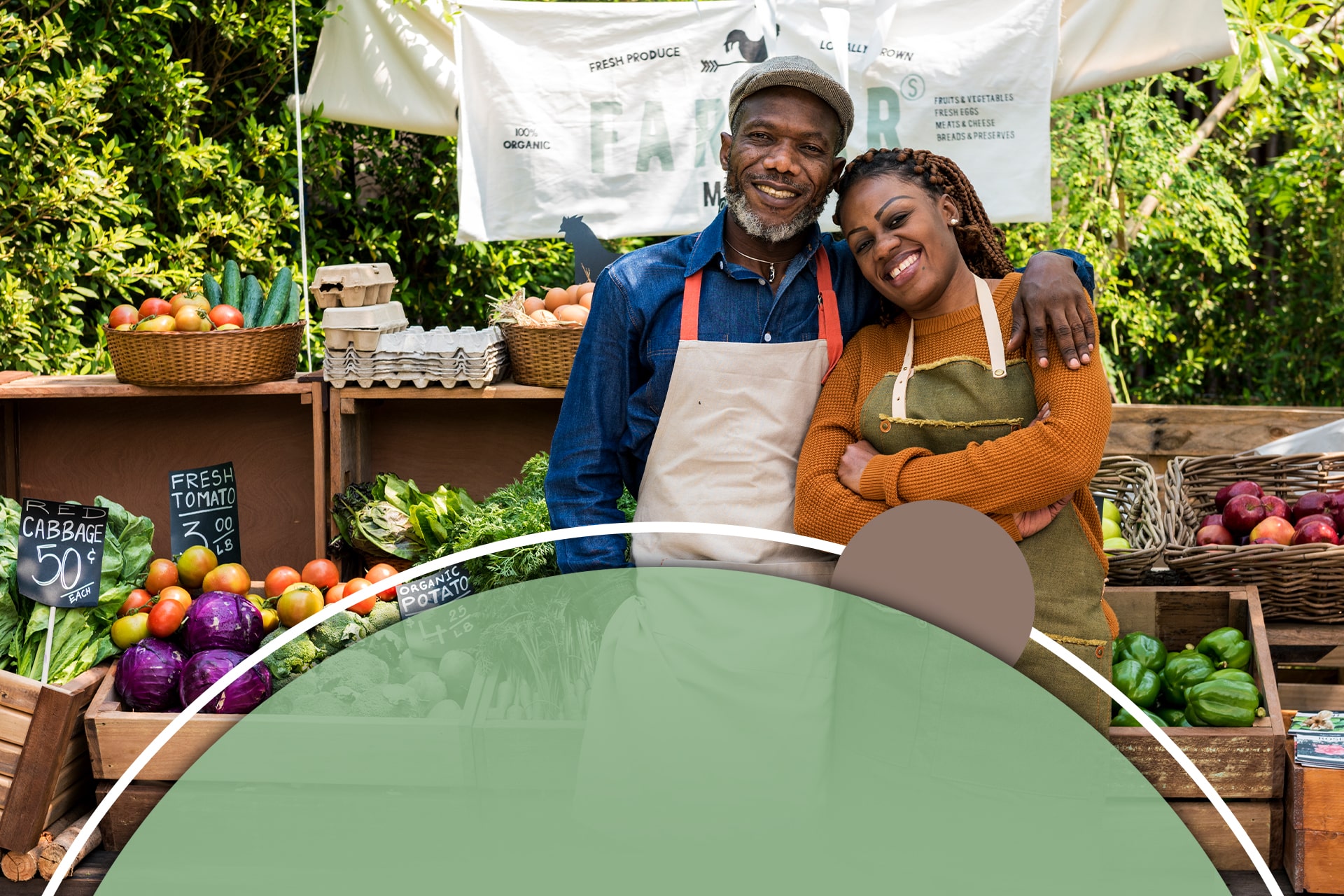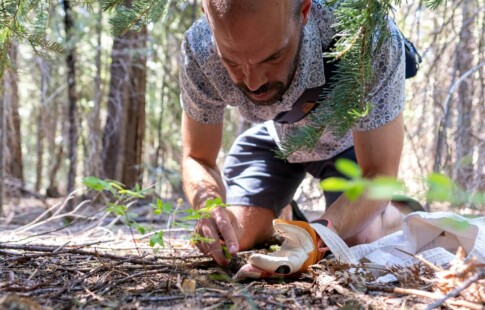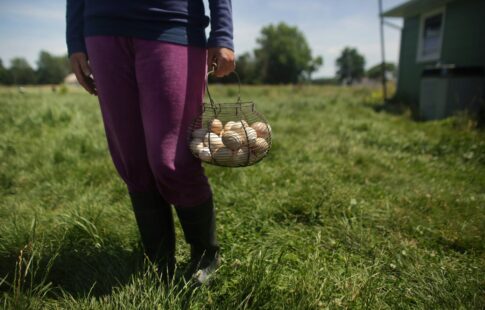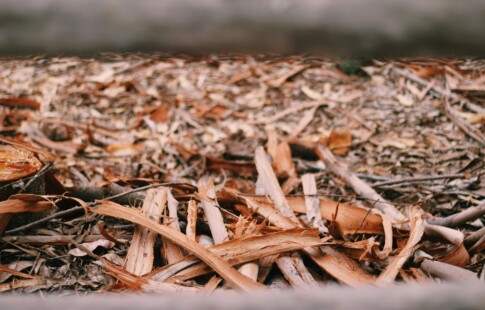
6 Sustainable Food Choices You Can Make Today
We are reader-supported. When you buy through links on our site, we may earn affiliate commission.
It’s easy to feel a little overwhelmed when you look into climate change. How can one person make a difference? It might seem impossible — but you can actually play a more significant role than you think. The best action you can take will be to change your diet. After all, you can link various agricultural practices to climate change. Here are six sustainable food choices you can make today.
1. Eat More Plants
There’s a chance you’ve heard vegetarian or vegan diets are more eco-friendly. The meat and dairy industry contributes to 14.5% of global greenhouse gases yearly. If you consider that data, you can see how a plant-based diet could help. This point becomes even more apparent when you look at individual food carbon emissions for items like tofu.
It’s essential to incorporate more plants into your meals. This switch isn’t as hard as you think. If you usually have two chicken breasts with dinner, you might replace one with black beans. That’s a change you can do for tonight’s meal or tomorrow’s lunch.
2. Shop Smartly for Seafood
Fish are indeed more sustainable options than other meats. Therefore, you should try to choose them over items like beef and pork — but you can’t ignore overfishing, either. This practice occurs when fishers collect seafood more quickly than inventories can replenish. It’s a detrimental process that affects both wildlife and humans.
Do your best to support eco-friendly fisheries. If you have access to shops that source local seafood, you should try to buy from them more often. It’s also smart to look for types of fish that are farmed responsibly before you purchase your usual pick. There might be a better option.
3. Buy From Local Farms
If you want sustainable food choices, you should search locally. This effort won’t reduce your carbon footprint dramatically. The cows at a local farm emit as much carbon as those at a larger facility. However, you can rest assured your dollar goes toward more eco-friendly practices.
The small farm 20 miles from your house will provide more accessible and quality food than you can buy elsewhere. This approach helps cut down your “food miles,” or how far your food travels to get to your plate. That’s a significant contributor to greenhouse gas emissions.
Try to look for farms, producers and shops that supply local food. There are a few places to locate specific products. It’s a good idea to explore farmer’s markets, community-supported agriculture programs and more. Then, you can put your dollars toward a local green cause.
4. Grow a Home Garden
Do you have outdoor space? If so, you should consider a home garden. This project will provide you with sustainable food choices throughout each season. It’s even possible to grow smaller plants like herbs inside. There’s nothing more eco-friendly than when you eat food you grew yourself.
It’s relatively straightforward to start your own garden. Plus, you can find seeds and other supplies for relatively low prices. If you’ve never gardened before, you should try to start small. The best plot size for a beginner garden will be around 10 by 10 feet, which provides space for a few different plants.
5. Look for New Recipes
There are many sustainable food choices you can make — but where do you start? It can seem a bit tricky to dive into vegetarianism when you’ve only ever eaten meat. If you want to build a more eco-friendly diet, you shouldn’t be afraid to try new recipes.
The internet will be your best friend. Use your search engine to explore different plant-based options for your family. Keep sustainability in mind as you look. It’s generally a good idea to make one new recipe every week. Soon, you’ll find a meal everyone enjoys that you can make from then on.
6. Build a Smarter Grocery List
How often do you eat everything you buy while grocery shopping? If you’re anything like other Americans, you probably waste food every week. It’s sometimes inevitable, but you can do make changes so that you don’t contribute as much. It can be helpful to start with your grocery list.
Don’t just write down what you think you need. Instead, you should do a little more work to ensure you only get products for specific reasons. Here’s a quick process you can use to create your next grocery list:
- Look up recipes for each meal.
- Write down their ingredients.
- Cross off each item you already have.
- Make a grocery list that includes any necessary products.
The result will be a smaller selection you need to buy. Then, you won’t be inclined to grab extra tomatoes because you thought you needed them. It’s an efficient way to stay organized and on budget. Plus, you won’t have as much food waste throughout your week.
Make More Sustainable Food Choices for a Healthy Planet
If you want to do your part to fight climate change, you should start with your diet. There are endless ways to create a diet that’s better for you and our planet. Use these simple steps to get started today.
This is a guest post by Ava Roman, Managing Editor of Revivalist. Ava writes about lifestyle and wellness topics. When she is not writing you’ll find Ava in a yoga class, advocating for body positivity, whipping up something delicious in the kitchen, or smashing the patriarchy.
Share on
Like what you read? Join other Environment.co readers!
Get the latest updates on our planet by subscribing to the Environment.co newsletter!
About the author

Jane Marsh
Starting from an early age, Jane Marsh loved all animals and became a budding environmentalist. Now, Jane works as the Editor-in-Chief of Environment.co where she covers topics related to climate policy, renewable energy, the food industry, and more.





